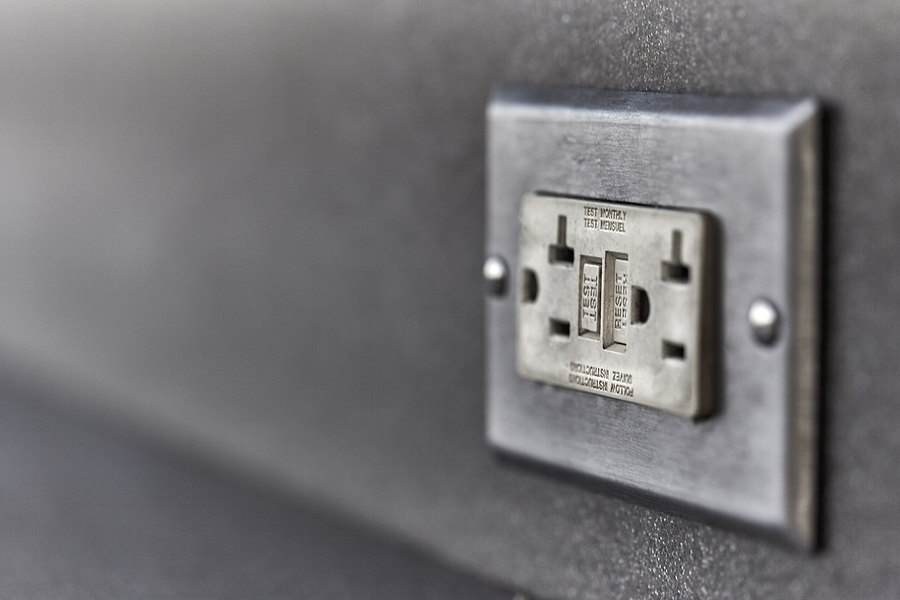Albuquerque Electrical Outlet Safety

You flip a switch, a light turns on. You plug in your phone, it starts to charge. Electricity makes modern life convenient, but improper electrical work can also make it dangerous. This guide will teach you how to keep your Albuquerque home’s electrical system operating safely.
The Importance of Grounding
Let’s start with Electrical Safety 101. Electricity wants to flow from a source (like a power plant) to a destination (like a lightbulb). This flow of electrons is what allows appliances to function. The return path is just as important.
Without grounding, electrons could flow through you on their way back! Proper grounding gives the electricity a safe route away from your body.
Most modern outlets have three holes to accept a three-prong plug. The third prong connects to the ground. Older homes may still have ungrounded two-prong outlets. If your home has these older outlets, consider upgrading them to meet modern safety standards.
Guarding Against Faults
Even perfectly installed outlets can fail over time. Outlets near water sources are especially vulnerable to shorts and shocks. Ground fault circuit interrupters (GFCIs) provide an extra layer of protection.
GFCIs constantly monitor electricity flowing in and out of a circuit. If there is an imbalance, the GFCI trips, cutting power in milliseconds to prevent serious injury.
Make sure GFCIs are installed:
- In bathrooms
- In kitchens within 6 feet of the sink
- Outdoors
- In garages
- In crawl spaces
Test GFCIs monthly by pressing the “test” button. Make sure power cuts out and can be reset. If not, replace the faulty GFCI right away.
Guarding Little Hands
As any parent knows, children love sticking objects into outlets. Loose coins, hairpins, screws, keys – kids fit a shocking variety of metal into receptacles!
Tamper-resistant outlets use a simple mechanism to block foreign objects from making contact with electricity. The only way to activate the outlet is by inserting both prongs of a plug simultaneously.
The National Electrical Code has required tamper-resistant outlets in all new construction since 2008. Retrofitting older homes improved safety. Upgrading is quick and inexpensive.
Signs You Need an Upgrade
How can you tell if your electrical system needs attention? Watch for these red flags:
- Frequent tripping of breakers or blowing of fuses
- Warm or discolored outlets
- Unusual buzzing, sizzling sounds from outlets
- Flickering lights
- Singed plastic outlet/switch plates
- Frayed or cracking wiring
Any of these suggest worn insulation or loose connections. Have a licensed electrician inspect your system right away.
Hiring a Professional
Improper electrical work can destroy appliances, start fires, and cause injury or death. Always turn to licensed professionals for installation, upgrades, and troubleshooting.
In New Mexico, only a journeyman or master electrician should handle major electrical projects. Confirm a contractor’s license on the New Mexico Construction Industries Division website before hiring.
Reputable electricians follow national and local codes, pulling required permits and scheduling inspections. Never attempt dangerous “do-it-yourself” electrical projects.
Prioritizing Safety
Modern life relies on electricity. Take sensible steps to prevent avoidable electrical hazards:
- Use outlet covers if young children are present
- Install tamper-resistant receptacles
- Never overload outlets with too many appliances
- Ensure outdoor outlets are GFCI protected
- Label circuit breakers to streamline shutdowns
- Shut off power before replacing switches or outlets
- Never insert objects into outlets (except appropriate plugs)
Hope this helps!
